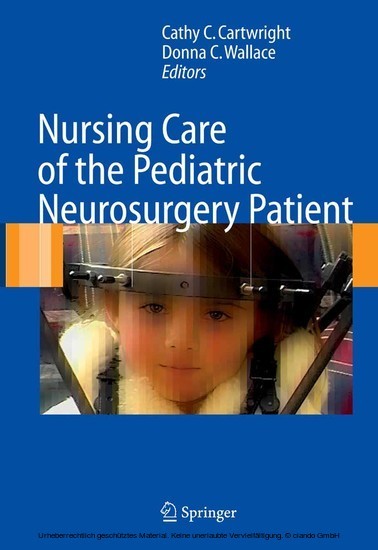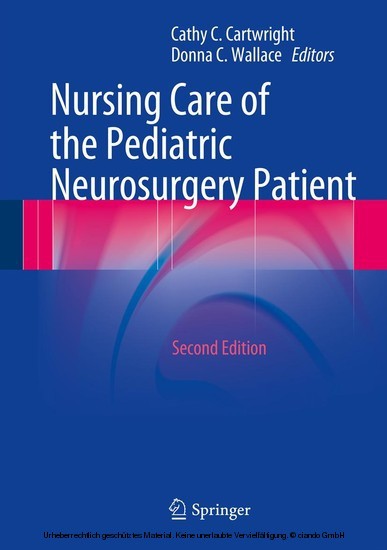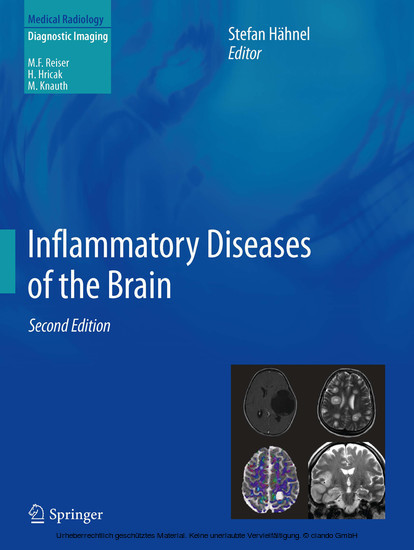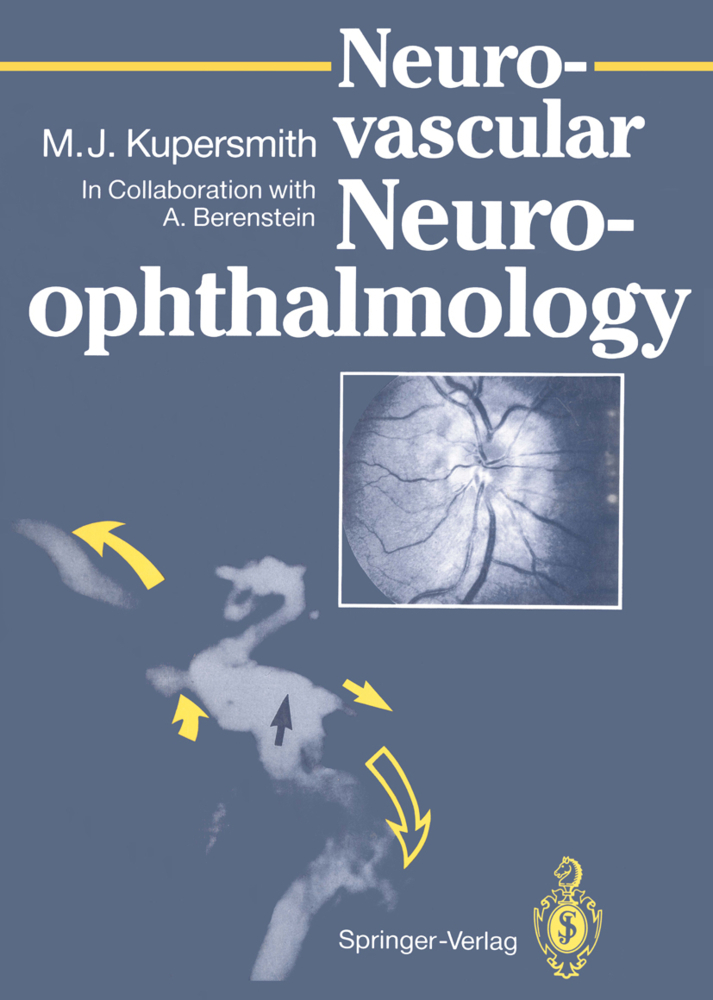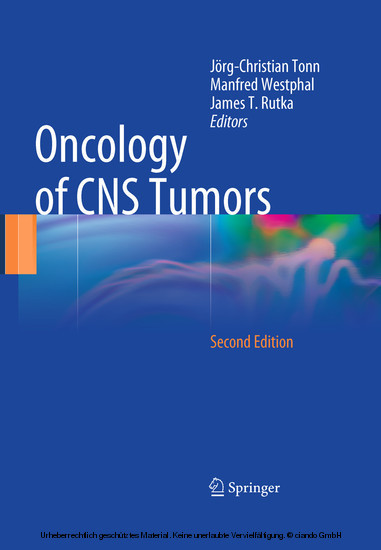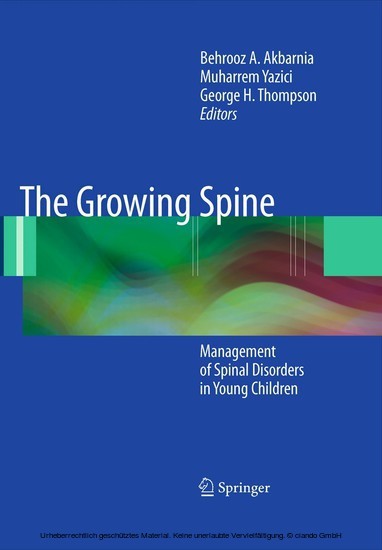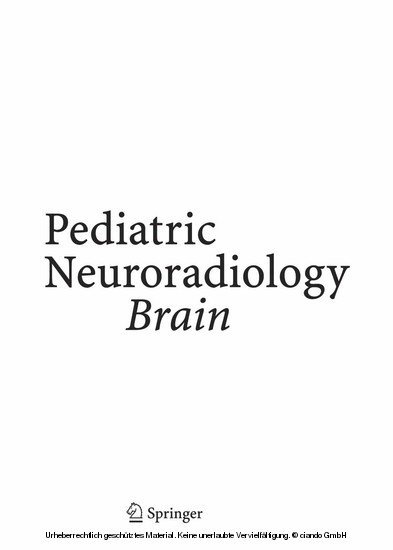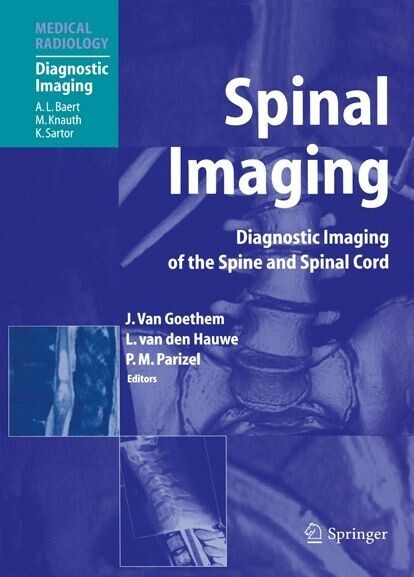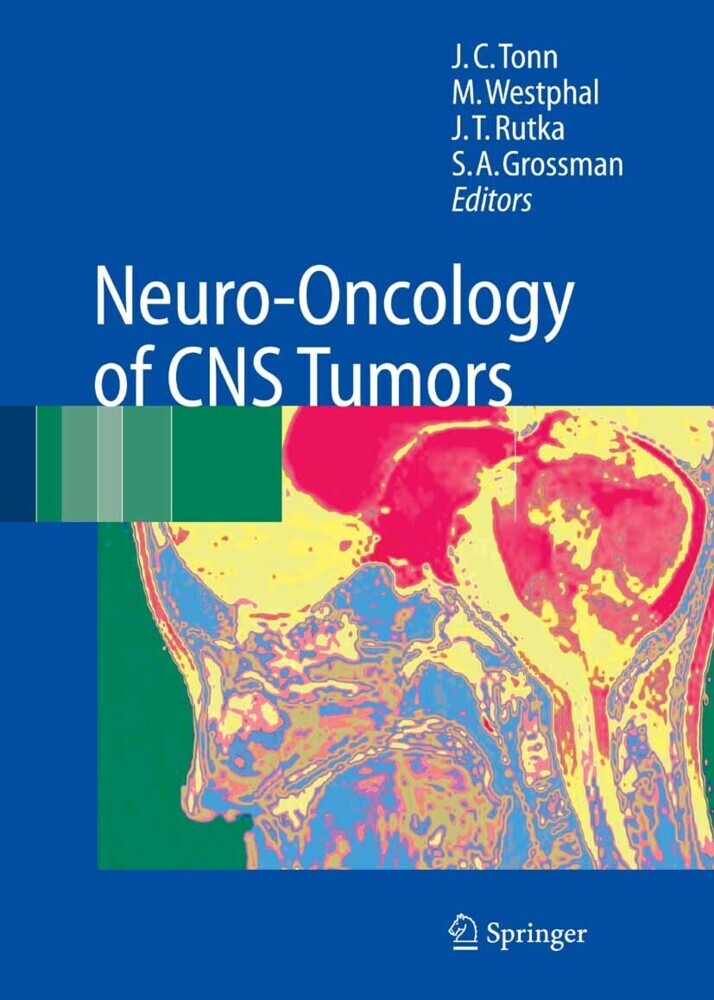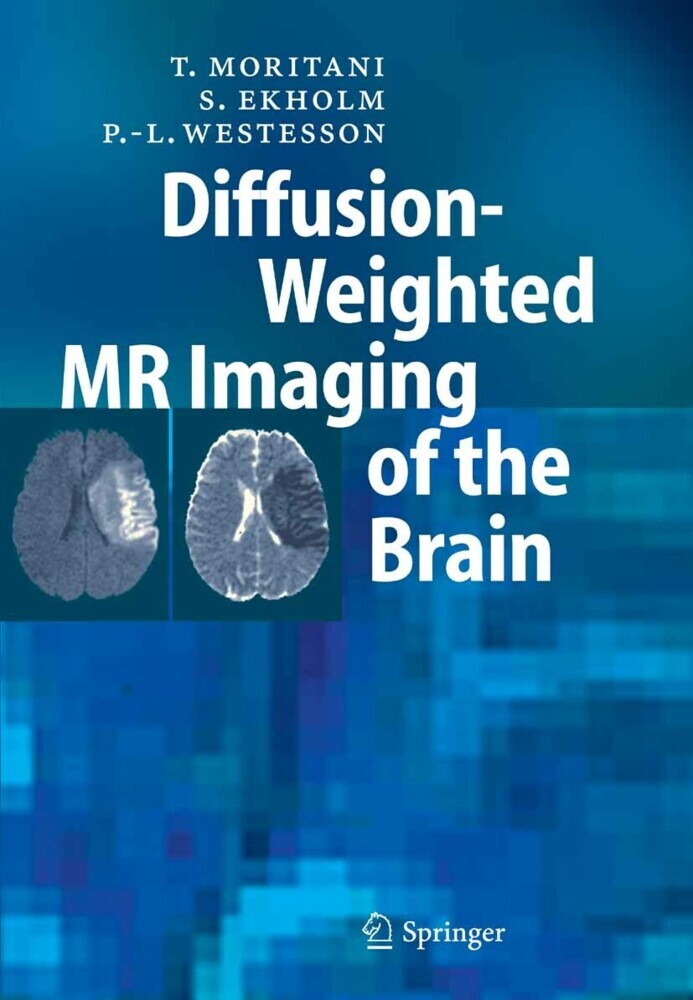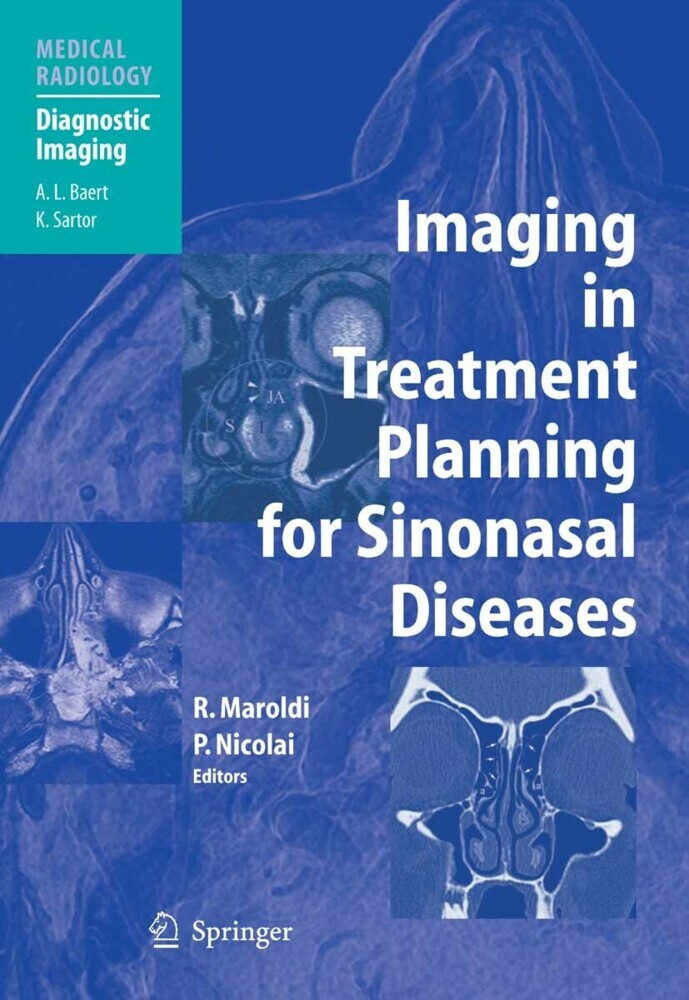Nursing Care of the Pediatric Neurosurgery Patient
"Nursing Care of the Pediatric Neurosurgery Patient" serves as a detailed reference for all nurses caring for children with neurosurgical problems. Staff nurses (and student nurses) working in clinics, PICU, pediatrics, operating rooms, post-anesthesia care units, emergency department and radiology will benefit from the information presented in this book. The explanations of pathophysiology, anatomy, radiodiagnostic testing and treatment options for each neurosurgical diagnosis will help them to understand the rationale behind the nursing care. Presenting symptoms and findings on neurological examination and history will enable nurses to identify normal signs. Each chapter includes information on patient and family education and will give helpful guidelines. Although there has been a need within the pediatric neurosurgery community for this type of information for years, there is no other reference available that provides this type of specific information.
1;Foreword;6 2;Preface;7 3;Contents;8 4;Contributors;14 5;Neurological Assessment of the Neonate, Infant, Child, and Adolescent;16 5.1;Introduction;16 5.2;Developmental Assessment: Growth and Developmental Tasks by Age;17 5.3;Developmental Assessment Tools;28 5.4;Hands- On Neurological Assessment;28 5.5;Conclusion;39 6;Hydrocephalus;44 6.1;Introduction;44 6.2;History of Hydrocephalus;44 6.3;Incidence of Hydrocephalus;45 6.4;Prognosis;45 6.5;Classifications of Types of Hydrocephalus;45 6.6;Pathophysiology of Hydrocephalus;47 6.7;Signs and Symptoms of Hydrocephalus;54 6.8;Diagnosis of Hydrocephalus by Imaging Studies;56 6.9;Treatment of Hydrocephalus;58 6.10;Complications of Shunts and Treatment;65 6.11;Pseudotumor Cerebri in the Pediatric Population;71 6.12;Nursing Care of the Hydrocephalus Patient after Surgery;72 6.13;Living with Hydrocephalus;77 6.14;Conclusion;80 7;Craniosynostosis;82 7.1;Introduction;82 7.2;Nonsyndromic Craniosynostosis;83 7.3;Syndromic Craniosynostosis;91 7.4;Treatment for Craniosynostosis;96 7.5;Conclusion;102 8;Neural Tube Defects;106 8.1;Introduction;106 8.2;Etiology;106 8.3;Epidemiology;107 8.4;Pathophysiology;107 8.5;Myelomeningocele ( Open Defect);108 8.6;Spina Bifida Occulta ( Closed Defect);116 8.7;Nursing Considerations;120 8.8;Diagnostic Studiesfor Neural Tube Defects;121 8.9;Conclusion ;121 9;Chiari Malformation and Syringomyelia;124 9.1;Introduction;124 9.2;Presentation;126 9.3;Diagnostic Tests;128 9.4;Treatment Options for CIM;129 9.5;Treatment Options for CIIM;130 9.6;Treatment Options for Syringomyelia;130 9.7;Patient and Family Education;131 9.8;Conclusions;132 10;Tumors of the Central Nervous System;134 10.1;Introduction;134 10.2;Etiology;134 10.3;Nervous System Anatomy;135 10.4;Diagnosis;136 10.5;Treatment;140 10.6;Types of Tumors;145 10.7;Nursing Care: Overview;154 10.8;Late Effects of CNS Tumors and Treatment;158 10.9;Conclusion;160 11;Traumatic Brain Injury;164 11.1;Epidemiology;164 11.2;Pediatric Anatomy and Physiology in Head Trauma;164 11.3;Initial Evaluation and Resuscitation;165 11.4;Neurologic Assessment and Deterioration in Pediatric Head Trauma;166 11.5;Cranial Nerve Evaluation;168 11.6;Radiographic Imaging in Pediatric Head Trauma;173 11.7;Types of TBI;173 11.8;Concepts of Cerebral Physiology;189 11.9;Pathophysiology of Intracranial Hypertension;190 11.10;Collaborative Management of Intracranial Hypertension;193 11.11;Endocrine Complications;198 11.12;Postoperative Nursing Care and Complications;199 11.13;Outcomes;202 11.14;Prevention Efforts;202 12;Spine;206 12.1;The Pediatric Spinal Column;206 12.2;Traumatic Spinal Cord Injuries;207 12.3;Nursing Care;215 12.4;Summary;217 12.5;Congenital Spinal Cord Disorders;217 12.6;Outcomes;221 12.7;Summary;223 13;Neurovascular Disease;226 13.1;Introduction;226 13.2;Cerebral Blood Supply;226 13.3;Vein of Galen Aneurysmal Malformations;229 13.4;Cerebral Arteriovenous Malformation in Children;232 13.5;Cerebral Arteriovenous Fistulas (AVFs) in Children;236 13.6;Intracranial Aneurysms;238 13.7;Venous Angiomas ( Developmental Venous Anomaly);242 13.8;Capillary Angiomas and Telangiectasia;243 13.9;Cavernous Malformations;243 13.10;Moyamoya Syndrome;246 13.11;Nursing Care for Vascular Brain Lesions;248 13.12;Spinal Arteriovenous Malformations;250 13.13;Cavernous Malformations and Arteriovenous Fistulas of the Spine;252 13.14;Conclusions;254 13.15;Appendix 9.1;254 14;Surgical Management of Epilepsy;258 14.1;Introduction;258 14.2;Preoperative Preparation;259 14.3;Seizure Surgery;262 14.4;Vagal Nerve Stimulator;265 14.5;Conclusion;266 15;Surgical Management of Spasticity;268 15.1;Pathophysiology of Spasticity;268 15.2;Baclofen;269 15.3;Rhizotomy;275 16;Infections of the Central Nervous System;278 16.1;Brain Abscess, Epidural Abscess, Subdural Empyema;278 16.2;Neurocysticercosis;282 16.3;Shunt Infections;284 16.4;Postoperative Infections;286 17;Subject Index;290
Cartwright, Cathy
Wallace, Donna
| ISBN | 9783540297048 |
|---|---|
| Artikelnummer | 9783540297048 |
| Medientyp | E-Book - PDF |
| Auflage | 2. Aufl. |
| Copyrightjahr | 2007 |
| Verlag | Springer-Verlag |
| Umfang | 284 Seiten |
| Sprache | Englisch |
| Kopierschutz | Adobe DRM |

